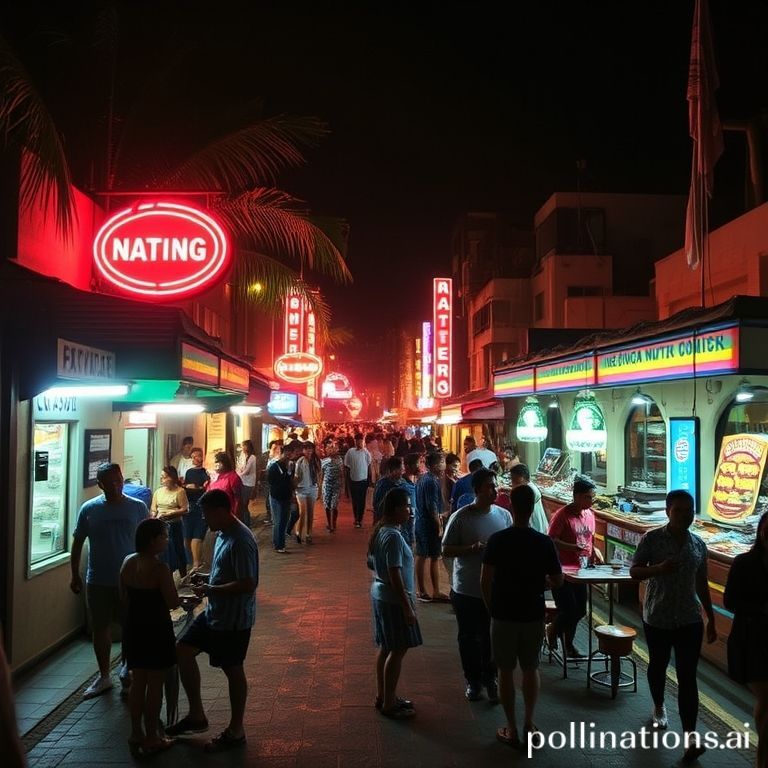Mexican nightlife is renowned worldwide for its vibrant energy, diverse offerings, and infectious spirit. From the traditional sounds of mariachi to the pulsating beats of modern electronic music, the after-dark scene in Mexico has undergone a fascinating evolution. Understanding this transformation provides a richer appreciation for the cultural tapestry that defines Mexico’s unique charm.
Whether you’re a seasoned traveler or a first-time visitor, exploring the evolution of Mexican nightlife will undoubtedly enhance your experience. It’s a journey through time, culture, and the ever-changing tastes of a nation that knows how to celebrate life to the fullest.
Pre-Hispanic Roots: Ritual and Celebration
The roots of Mexican nightlife extend far back into pre-Hispanic civilizations. While not “nightlife” in the modern sense, ritualistic ceremonies and celebrations often stretched late into the night. These events were deeply connected to agricultural cycles, honoring deities, and commemorating important life events.
- Music and Dance: Instruments like drums, flutes, and rattles accompanied elaborate dances, creating a powerful sensory experience.
- Ritualistic Significance: Many ceremonies were performed under the stars, believed to be a time when the veil between the living and the spiritual world was thin.
- Community Bonding: These gatherings fostered a sense of community, strengthening social bonds and preserving cultural traditions.
Colonial Influences: The Introduction of New Rhythms
The arrival of the Spanish colonists brought significant changes to the cultural landscape, including nightlife. European musical styles and social customs were introduced, blending with existing indigenous traditions.
The Rise of the “Salón de Baile”
The “salón de baile” (dance hall) became a popular social gathering place. These venues often featured a mix of European and Mexican music, creating a unique fusion of sounds. The waltz, polka, and other European dances gained popularity, alongside traditional Mexican folk music.
- Cultural Exchange: The “salón de baile” facilitated cultural exchange between the Spanish and indigenous populations.
- Emergence of New Musical Styles: This fusion led to the development of new musical styles, like the “son,” which incorporates elements of both European and indigenous music.
- Social Hierarchy: While these spaces offered a sense of community, they often reflected the social hierarchy of the time, with different sections for different social classes.
The 20th Century: Golden Age of Cinema and Cabarets
The 20th century saw the rise of Mexican cinema, which significantly influenced nightlife. The “Golden Age” of Mexican cinema (1930s-1960s) glamorized the cabaret scene, making it a symbol of sophistication and entertainment.
Cabarets and the Entertainment Industry
Cabarets became a central part of Mexican nightlife, featuring singers, dancers, and comedians. These venues provided a platform for iconic figures like María Félix and Agustín Lara, who became synonymous with Mexican glamour and talent.
- Artistic Expression: Cabarets provided a space for artistic expression, showcasing a diverse range of talent.
- Social Commentary: Many cabaret acts incorporated social commentary, reflecting the political and social issues of the time.
- Tourism and Glamour: The cabaret scene attracted tourists and contributed to Mexico’s image as a vibrant and exciting destination.
Modern Nightlife: Diversity and Innovation
Today, Mexican nightlife is characterized by its incredible diversity and innovation. From world-class nightclubs to intimate mezcal bars, there’s something for everyone.
The Rise of Electronic Music and Global Trends
Electronic music has become increasingly popular in Mexico, with world-renowned DJs and festivals attracting massive crowds. Major cities like Mexico City, Guadalajara, and Monterrey boast thriving electronic music scenes. Alongside global trends, Mexican artists are also creating unique sounds, blending electronic music with traditional Mexican rhythms and instruments.
Local Traditions and Authentic Experiences
Despite the influence of global trends, traditional forms of nightlife remain popular. Mariachi bands continue to serenade crowds in plazas and restaurants, while cantinas offer a taste of traditional Mexican culture. These authentic experiences provide a glimpse into the heart and soul of Mexico.
Conclusion
The evolution of Mexican nightlife is a testament to the country’s rich cultural heritage and its ability to adapt and innovate. From ancient rituals to modern nightclubs, the after-dark scene in Mexico reflects a vibrant tapestry of traditions, influences, and expressions. Whether you’re seeking a taste of authentic Mexican culture or a cutting-edge electronic music experience, the nightlife in Mexico promises an unforgettable adventure.
Ready to experience the magic of Mexico? Discover more about Mexican culture, travel tips, and hidden gems on Life in Mexico. Share this article with your friends and start planning your next adventure!
IMAGE: A vibrant, wide-angle shot of a bustling street scene in Mexico City at night. The scene is filled with people enjoying the nightlife, with a mix of traditional cantinas and modern bars visible. Mariachi musicians are playing in one corner, while neon lights illuminate a trendy club in the background. The mood is lively and energetic, with warm lighting and a focus on the diverse crowd and architectural details. Style: Travel photography with a focus on cultural richness.


